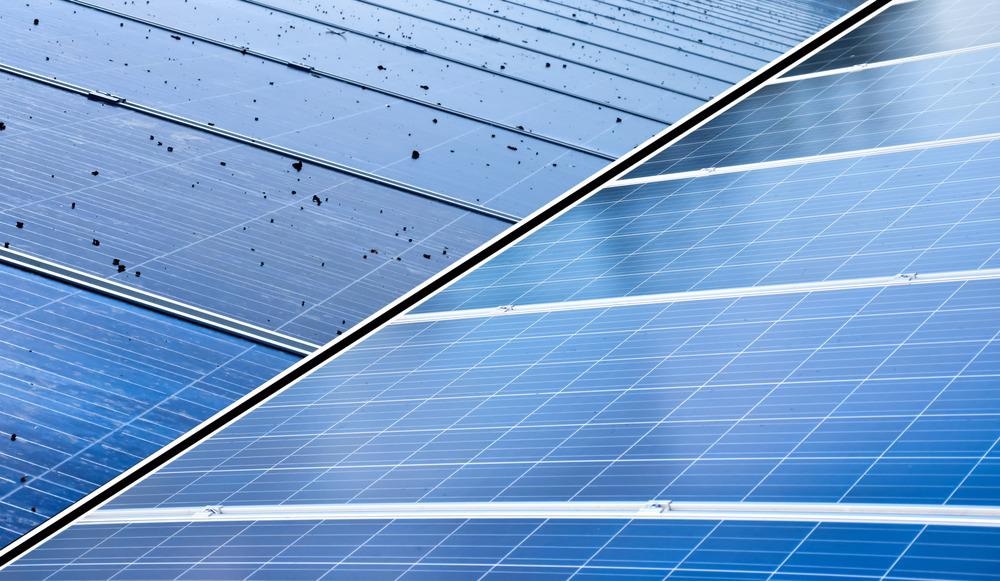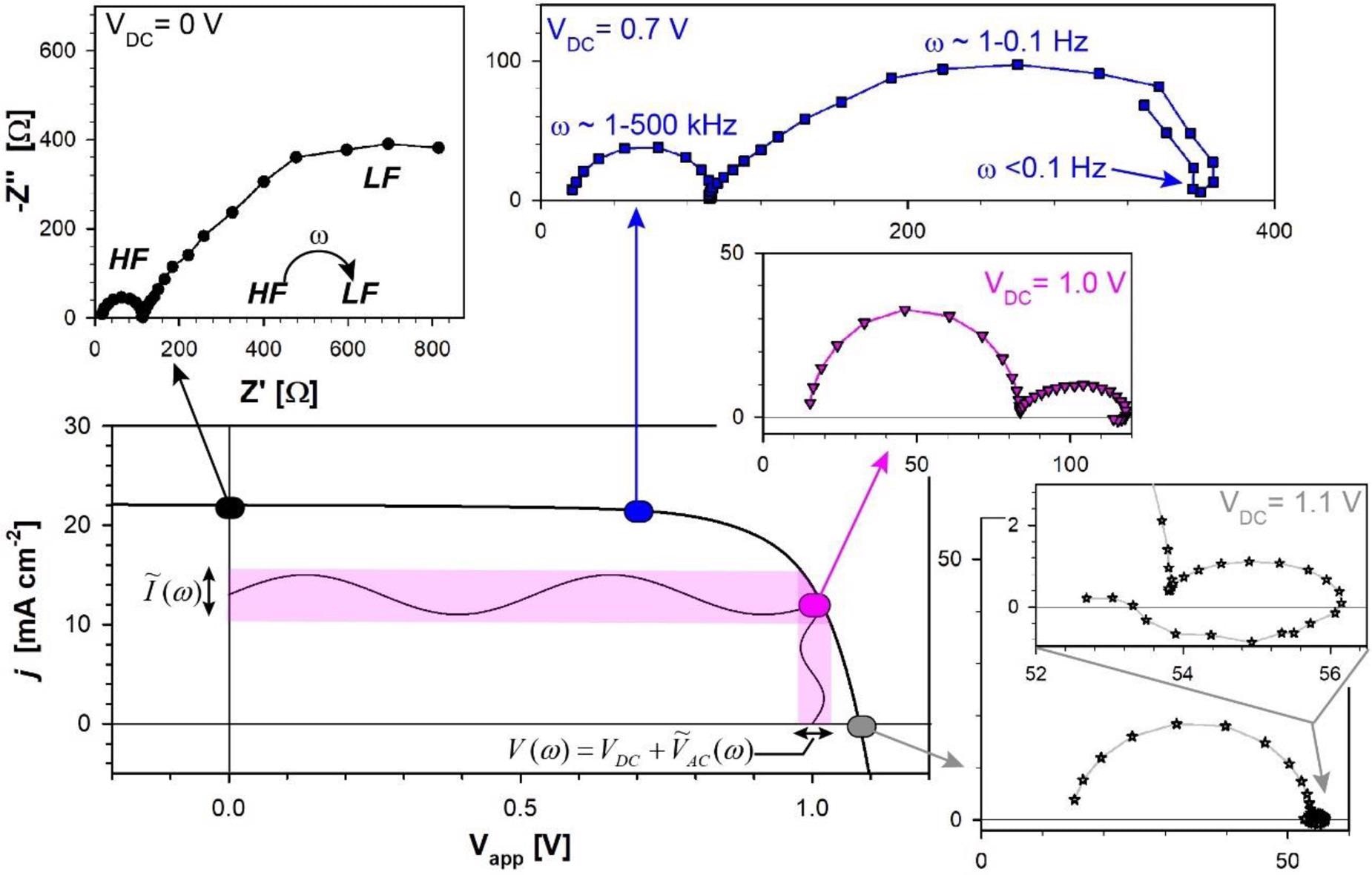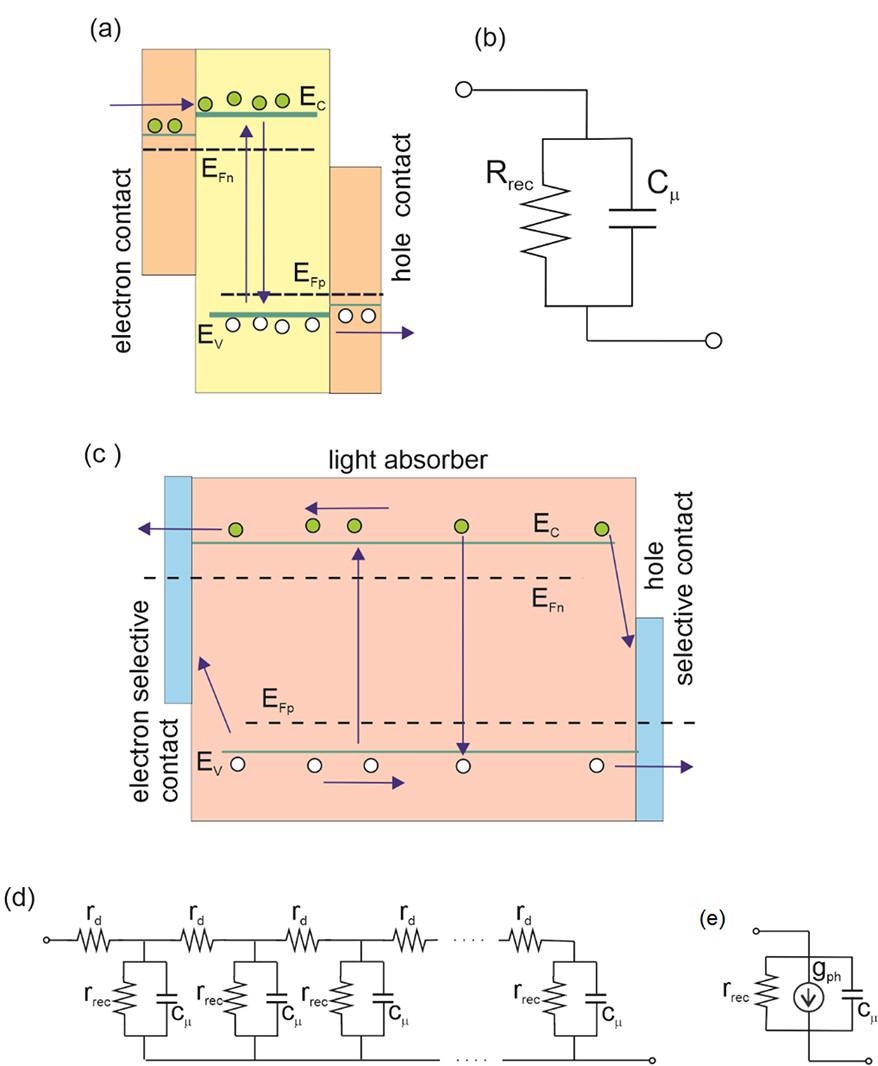Impedance spectroscopy (IS) enables a thorough knowledge of the dynamics that underpin the functioning of optoelectronic and photovoltaic devices. The use of IS to metallic halide perovskite materials is written in the journal Chem Rev.

Study: Impedance Spectroscopy of Metal Halide Perovskite Solar Cells from the Perspective of Equivalent Circuits. Image Credit: Sophon Nawit/Shutterstock.com
IS can be used for photovoltaic panels and electrooptic and storage devices. IS has been frequently utilized to evaluate perovskite photovoltaics, but sample volatility and the existence of coupled ionic-electronic phenomena create a complicated challenge that has yet to be addressed.
Advancement in Perovskites Materials
In the subsequent years, extraordinary fast progress has been obtained thanks to the advancement in material engineering and interface optimization. In a configuration to make a device, a layer of the perovskite material can be 500 nm, and the material is sandwiched between dual charge selective layers of different structures and compositions.

J–V curve of a perovskite solar cell with a diagram that explains the impedance spectroscopy measurement and representative complex impedance plots measured at different VDC values. Image Credit: Gurrerro, A., et al, Chem Rev
In 2015, a PCE of over 20% was obtained by the replacement of most of the MA cation by FA cation that reduces the bandgap of the semiconductor and increases the photocurrent. More recently, several efforts have been investigated to optimize the compositions of perovskite materials to control the exchange between photon absorption of the thermalization losses and low bandgap perovskites.
For lead halide perovskites, a good material was achieved by increasing the molarity of formamidinium lead iodide in the formulation. External charge absorption and gadget stability have been improved by passivating external interfaces and improving charge extractor layers.
Impedance Spectroscopy in Perovskite Materials
There are a lot of methods of IS applicable to solar cells, such as capacitance, resistance, connecting wires, and so on. Although much effort has gone into device characterization for PSC and similar devices, the image is still incomplete, and many concerns remain unanswered.
Understanding the degradation processes, on the other hand, has been critical in enhancing solar cell resilience while retaining excellent productivity. Stability has improved over time as a result of adequate extrinsic and intrinsic factor regulation, although more work is still needed.
For junction solar single cells, the current certified maximum power conversion efficiency (PCE) of the perovskite solar cells is 25.5 percent. A good knowledge of the functioning and degradation processes is likely to lead to further advancements in terms of effectiveness and stability in the coming years.
This was accomplished by raising the molarity of formamidinium lead iodide within perovskite composition for lead halide perovskites. Exterior charge collecting and device stability have been improved by passivating external connections and improving charge extraction layers.
Enhancing Solar Cell Stability
Identifying the degradation processes, on the other hand, has been critical in enhancing solar cell stability while maintaining accuracy. Stability has enhanced over time as a result of adequate extrinsic and intrinsic component regulation, although more work is still needed. For junction solar panels, the present certified maximum power conversion efficiency (PCE) of photovoltaics is 25.5 percent.
Solar cells work because of a variety of physical events, including recombination, significant carrier mobilities, and the appropriateness of contacts for harvesting the produced charge. The primary purpose of solar cell classification is to understand the steady-state performance, which is described by the current density–voltage curve.
To collect this information, the machine must be perturbed by an electrical stimulus and the reaction must be recorded. The resultant mathematical model must be linear as a result of this technique. Finally, the small perturbation voltage and current are proportional, and their connection is independent of amplitude.
Unique Advantage of Metal Halide Perovskite Materials in Semiconductor
When the dispersion resistance is ignored in a highly mobile semiconductor, there is no need to utilize a transmission line because the transport characteristics can be deleted right away; the overall resistance is so low that they are not visible in measurements. It's how the lumped circuitry in, the parallel link of chemical capacitors, and recombination resistance are reduced from a general transmission system in.

(a) Fundamental model of a solar cell consisting of a two-level semiconductor absorber with selective contacts, indicating the processes of charge generation, recombination, injection, and extraction. (b) The EC corresponding to (a) consists of a recombination resistance and chemical capacitance. (c) The solar cell model for a spatially extended absorber includes the transport process along the conduction and valence band levels. (d) The EC corresponding to (c) is a repetition of the model of (b) connected by the diffusion resistances. (e) The fundamental EC for IMPS including a current generator that accounts for carrier generation. Image Credit: Gurrerro, A., et al, Chem Rev
Simulation studies can be used to describe minor perturbation frequency techniques as an alternative to using ECs. In complex settings involving many carriers and non - homogeneous distributions, this approach is quite effective at generating the anticipated shapes of a spectrum.
Further Enhancement of this Research
Proper knowledge of the functioning and degradation processes of perovskite is likely to lead to further advancements in terms of efficiency and stability in the coming years. The particular origin of the identified resistances, the consistency of the time constant at lower frequencies by the inverse association of inductance and capacitance, and the presence of persistent negative capacitors and fluctuations or time drift of the specimens are all challenging characteristics that have yet to be fully clarified.
References
Gurrerro, A., et al. (2021). Impedance Spectroscopy of Metal Halide Perovskite Solar Cells from the Perspective of Equivalent Circuits. Publication Date: November 30, 2021. https://pubs.acs.org/doi/10.1021/acs.chemrev.1c00214
Disclaimer: The views expressed here are those of the author expressed in their private capacity and do not necessarily represent the views of AZoM.com Limited T/A AZoNetwork the owner and operator of this website. This disclaimer forms part of the Terms and conditions of use of this website.